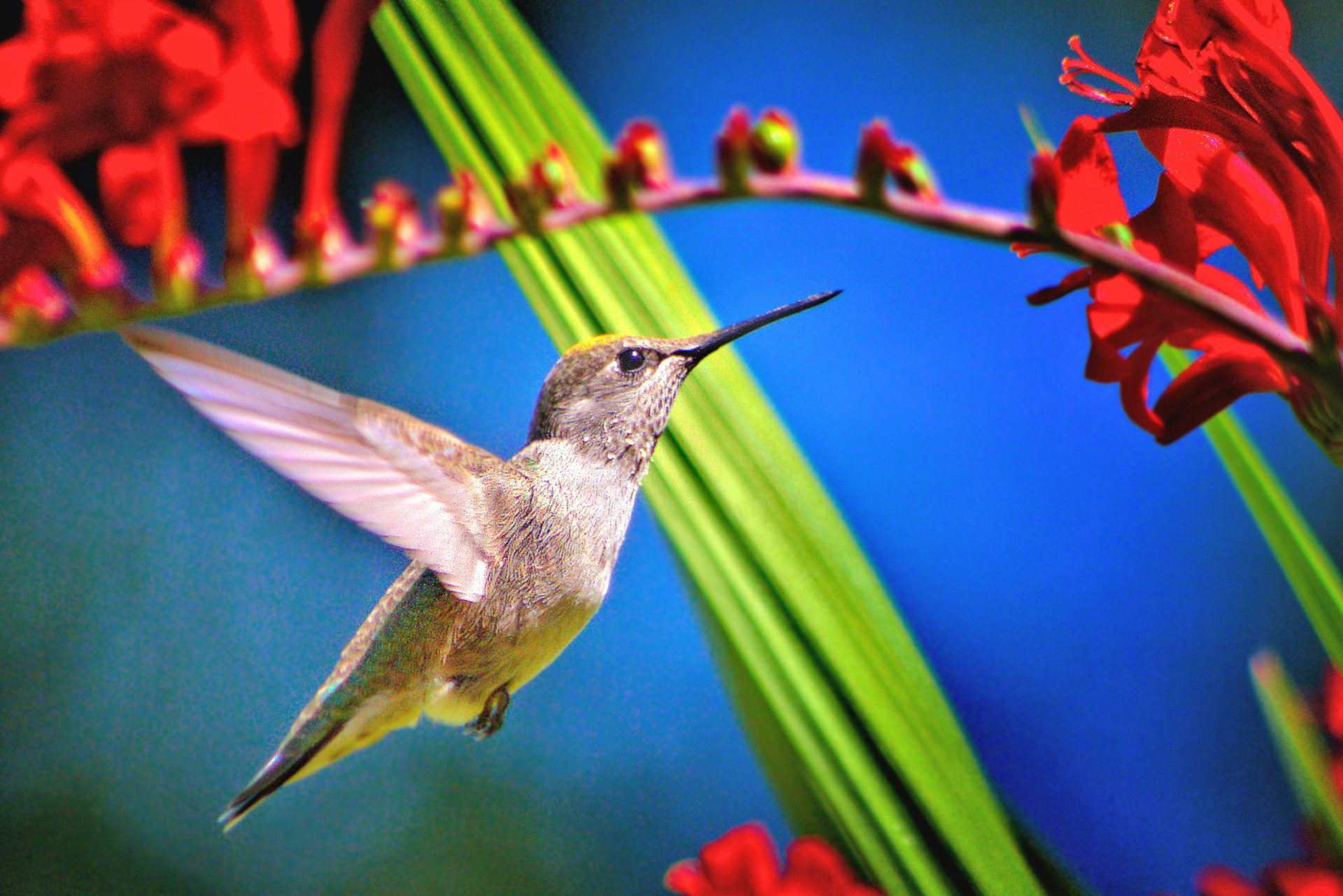Creating a Hummingbird Haven: Effective Invasive Plant Management Strategies
Introduction
Our gardens and wild spaces brim with life, from buzzing bees to darting hummingbirds. Among these vibrant scenes, hummingbirds play a critical role as pollinators. However, their habitats face significant threats from invasive plant species. Managing invasive plants is crucial not only for maintaining biodiversity but also for sustaining the ecosystems hummingbirds depend on. This article delves into the impact of invasive plants on hummingbird ecosystems and provides practical strategies for creating a hummingbird haven through effective invasive plant management.
Understanding the Threat of Invasive Species
Definition and Problems:
- A plant is considered invasive when it spreads rapidly, overtaking native vegetation, and causing ecological harm.
- Invasive species can outcompete native plants for resources, leading to reduced biodiversity.
- This shift disrupts the food web, affecting animals like hummingbirds that rely on native plants for nectar and habitat.
Long-term Effects:
- Invasive plants can alter soil chemistry, water availability, and the structure of native plant communities.
- For hummingbirds, this means fewer nectar sources and nesting sites, directly impacting their populations.
Hummingbirds are critical pollinators for many flowering plants, particularly those adapted for their unique feeding behaviors. The impact of invasive plants on hummingbird ecosystems cannot be overstated, as these plants often disrupt the balance, pushing out species that hummingbirds need to thrive.
Effective Strategies for Invasive Plant Removal
1. Physical Removal
“You have to pull it out by the roots. Every time the invasive honeysuckle flowers and produces berries, birds will eat and distribute those berries all over the place. More work in the end.”
Eradicating invasive plants by their roots is crucial for effective management:
- Tools: Hand-pulling methods and digging forks are preferable to minimize root damage.
- Steps:
- Identify invasive plants in the early stages of their growth cycle.
- Wear gloves to protect your hands and ensure a firm grip on the plant base.
- Carefully remove the plant by pulling or digging, ensuring that all roots are extracted to prevent regrowth.
- Partial Removal: Avoid partial removal as even small root pieces can regenerate the plant.
2. Seed and Flower Management
“It’s the seed dispersal. If you are able to cut the blooms off after they have been pollinated then you avoid the seeds from dispersing via the wind.”
To prevent seed dispersal:
- Monitor invasive plants for flowering and seed formation.
- Remove flowers post-pollination to prevent seed production.
- Implement biosecurity measures like clothing and footwear cleaning stations for visitors to reduce the spread of seeds to sensitive areas.
Stopping the spread of seeds through timely removal of flowers tackles the problem at its source, ensuring that invasive species do not proliferate and overrun native flora.
The Importance of Native Plants
Native plants are vital for creating a healthy, thriving ecosystem that supports hummingbirds:
“The native honeysuckle is a lovely plant, plus hummingbirds love it!”
- Benefits: Native plants offer the right nutrients and habitat structures needed by local wildlife, including hummingbirds.
- Recommendations:
- Jewelweed (Impatiens capensis): Known for its high nectar content.
- Spring-blooming natives like Red buckeye, Coral honeysuckle, and Virginia bluebell ensure continuous food sources.
Planting native species helps sustain hummingbird populations by providing the food and nesting resources they need.
Pollinator Gardens: A Balanced Approach
Creating Diverse Habitats
“Some people plant pollinator gardens that are mostly nonnatives. Which is like building a small town and only building grocery stores because look at all the people shopping there and eating but you don’t build neighborhoods, hospitals, or schools.”
A balanced garden needs more than just flowers:
- Incorporate plants that support all aspects of hummingbird life, including:
- Nectar plants: Provide primary food sources.
- Insect-attracting plants: Essential for protein, especially during breeding seasons.
- Nesting materials: Leave plant stems and stalks for natural nesting materials.
- Avoid pesticides to protect the insects that hummingbirds rely on for feeding their young.
Specific Plant Recommendations
- Nectar-rich plants: Red buckeye, Jewelweed
- Insect-attracting plants: Goldenrods, Asters
- Nesting support: Leave stems from sunflower, goldenrod
Balancing pollinator gardens ensures hummingbirds have access to diverse resources, enhancing their chances of survival and reproduction.
Personal Experiences and Case Studies
Success stories from dedicated gardeners highlight the effectiveness of these strategies:
“I have a few, 4 years in, they haven’t spread. They grow very slowly, I know in my area they are close to being endangered mainly because they grow slowly and can’t outgrow invasive plants.”
- Personal anecdotes emphasize the importance of patience and persistence in managing invasive plants.
- Successful gardens feature diverse, native plants supporting robust hummingbird populations.
Conclusion
Managing invasive species is crucial for the health of our ecosystems, especially those that hummingbirds call home. By implementing effective physical removal techniques of invasive plants, focusing on seed dispersal prevention methods for invasives, and prioritizing native plants that benefit hummingbird habitats, we can create balanced pollinator gardens that support a diverse array of wildlife. With consistent effort and community involvement, we can make our gardens not only beautiful but also ecologically vibrant. Take action today by planting more native species, properly managing invasive plants, and building a thriving habitat that hummingbirds—and many other species—will love.

